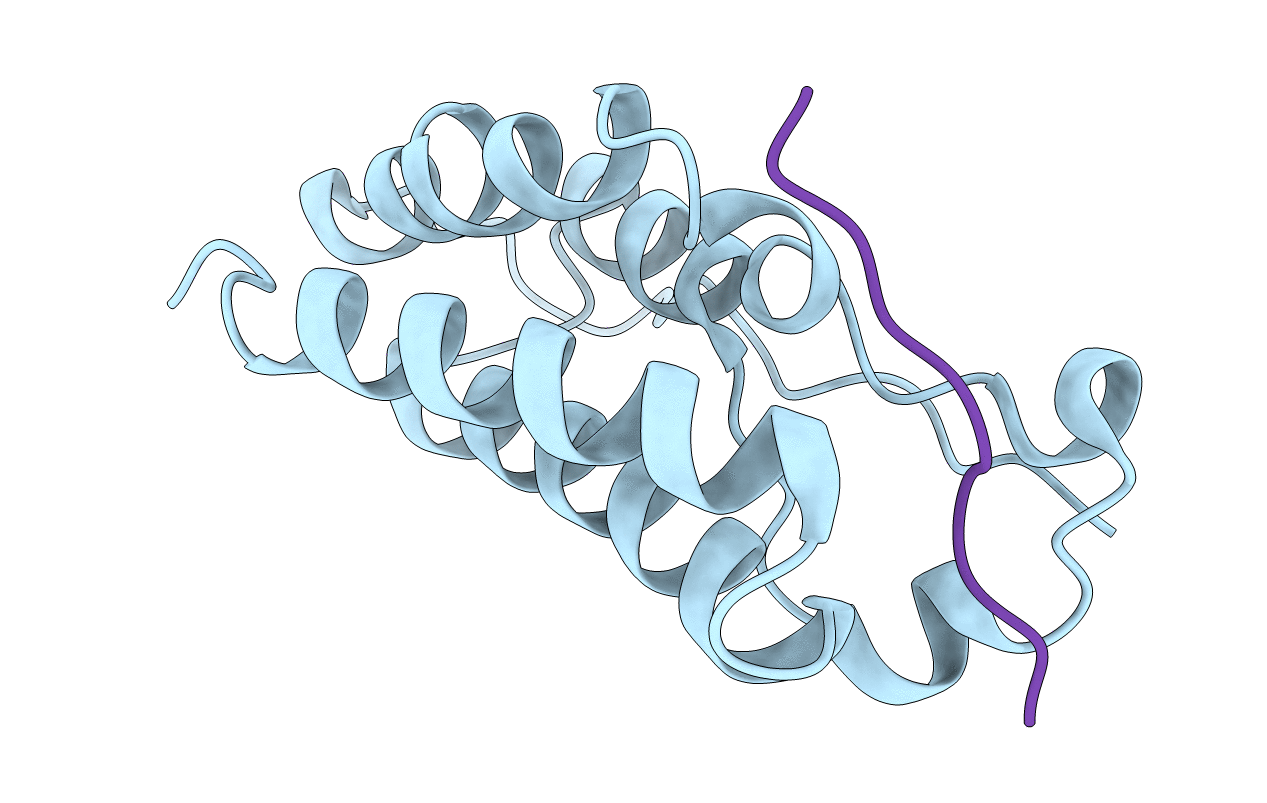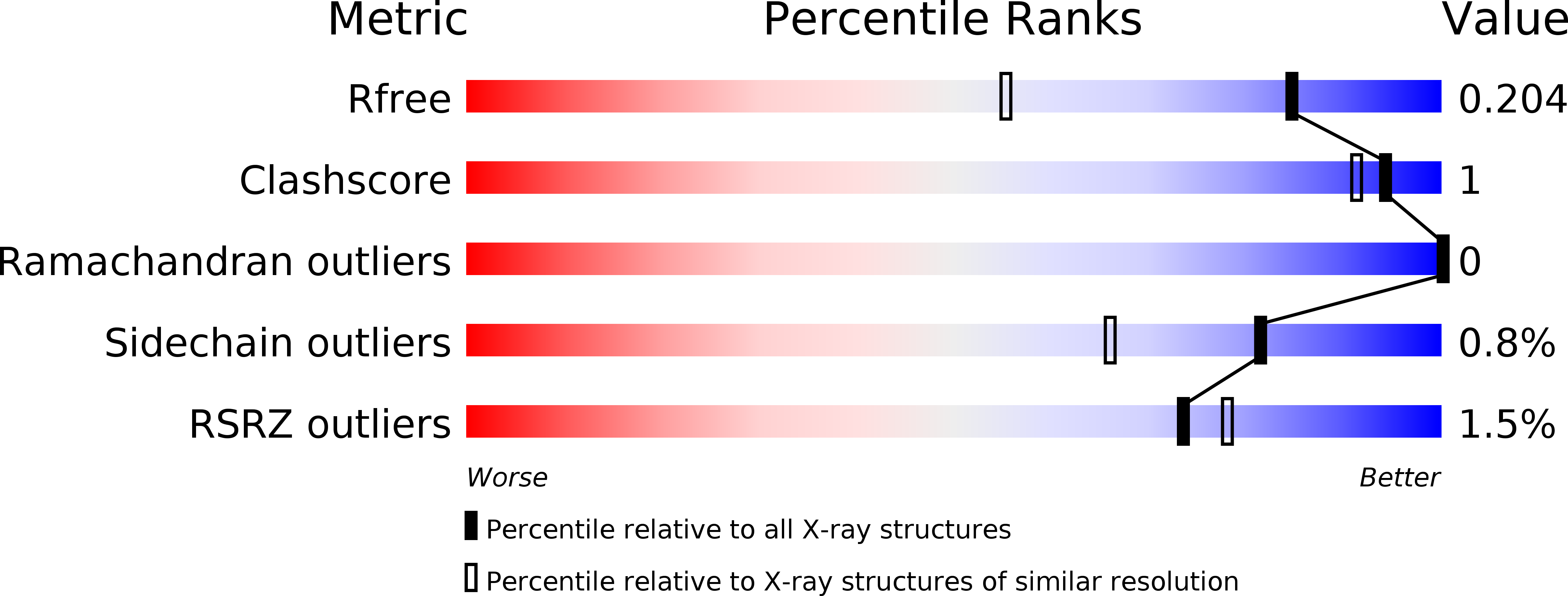
Deposition Date
2019-10-08
Release Date
2020-08-19
Last Version Date
2024-11-13
Entry Detail
PDB ID:
6ULS
Keywords:
Title:
BRD4-BD1 in complex with the a diacetylated-E2F1 peptide
Biological Source:
Source Organism:
Homo sapiens (Taxon ID: 9606)
Host Organism:
Method Details:
Experimental Method:
Resolution:
1.50 Å
R-Value Free:
0.20
R-Value Work:
0.17
R-Value Observed:
0.17
Space Group:
P 21 21 21


